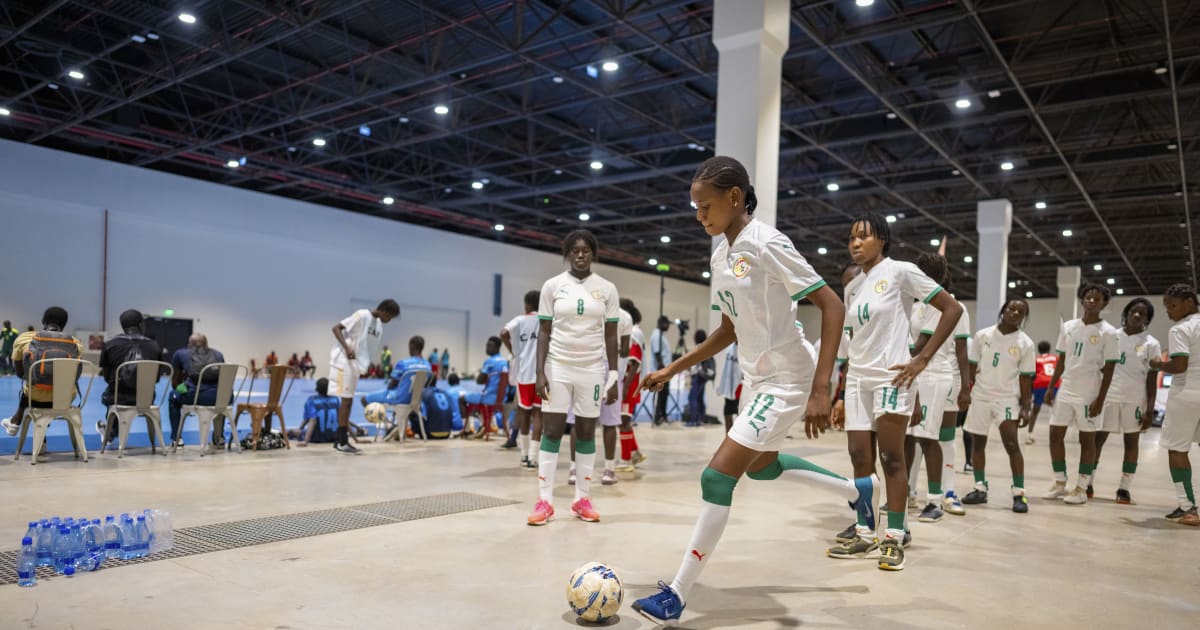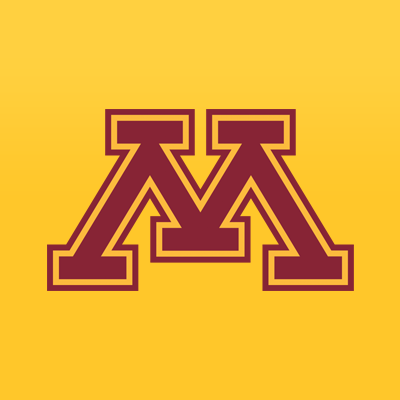Dakar En Jeux 2025: Why Futsal will take centre stage in Senegal

Futsal was first included in the Olympic programme in 2018, at the Buenos Aires Summer Youth Olympic Games, replacing the 11-a-side football contested at Singapore 2010 and Nanjing 2014.Futsal’s five-a-side format of football is the only form of indoor football approved by the world governing body FIFA.The competition was a huge success with hosts Argentina winning the gold medal in the boys' category while Portugal finished as the girls' winners. The sport’s undoubted success meant it had to be built upon – so futsal stayed on the Youth Olympic schedule and at the Dakar 2026 Youth Olympic Games, new futsal stars will be born.For fans of the sport, there is the added bonus that it will feature at Dakar En Jeux 2025 in November - an event celebrating Senegalese culture, sport, and African youth.What is Futsal?The origin of the sport dates all the way back to the 1930s, in South America.Juan Carlos Ceriani was working at the YMCA in Montevideo, Uruguay, when he developed a form of indoor football that could be played in small spaces, and in any weather conditions. And so futsal was born.The game spread fast across South America. In Brazil, teams were established in the major cities like Sao Paulo and Rio de Janeiro, who then played against each other in a bid to make the sport more competitive. The first South American Championship was held in 1965, and was won by Paraguay. By 1989, Brazil had been crowned World Futsal Champions at the first staging of the event - and today, they are the reigning champions.The sport might be seen as a miniature version of football but it has its own rules, playing surfaces and other important distinctions. Futsal is played indoors, usually on hard surfaces made from wood or rubber. A standard futsal pitch size used in international matches is 38 to 42m long, 20 to 25m wide. The size of the goal post is just 3m wide and 2m high. The ball used in futsal is much smaller than the one used in football, there isn’t a limited number of substitutions in a futsal game and there are no offsides.The sport is super-fast and players retain a certain level of energy and smart thinking to navigate its high demands.Futsal’s journey in AfricaFutsal only made its way to Africa in the 1980s, and even then only to northern countries in the continent.Egypt, Libya and Morocco all embraced the sport and it grew fast in popularity. By 1990, the sport had grown so much it got the attention of the Confederation of African Football – African football’s governing body, and the first African Futsal Championship (now called the Futsal Africa Cup of Nations) was held in 1996. Egypt won the inaugural event, and went on to take the title in the next two runnings of the competition.Egypt also represented Africa at the FIFA Futsal World Cup in 1996, sparking more growth in the sport’s popularity on the continent. The Futsal Africa Cup of Nations has now become a key competition between national teams in Africa. In the 2000s the sport spread to many parts of the continent including; Mozambique, South Africa, Angola, Nigeria and Ghana.In recent times, Morocco have emerged the top futsal nation on the continent after winning the last three futsal Africa Cup of Nations in 2016, 2020 and in 2024.The women’s first Futsal Africa Cup of Nations was played in 2025 - and was also won by Morocco.Futsal at Dakar En Jeux 2025The past three editions of Dakar en Jeux have had basketball take the centre stage. Other sports like wushu, karate, taekwondo and other combat sports have also been showcased.This year, Futsal is making its debut at the competition and there is already a huge level of interest building up ahead of the games.Senegal, Guinea and Namibia will compete against each other for the big prize in the girls’ competition while Senegal, Morocco, Portugal and Brazil are represented in the boys’ event.Both competitions, from 6 November to 9 November, at the U17 Futsal championship, are set to be tough and entertaining in equal measure.For Dakar, the event is practice-run for the main event next year, and will test the strengths of the Senegalese teams against some of the best in the world.For the young players, it’s a chance to represent their countries as they shape their dreams of becoming top professionals one day.









